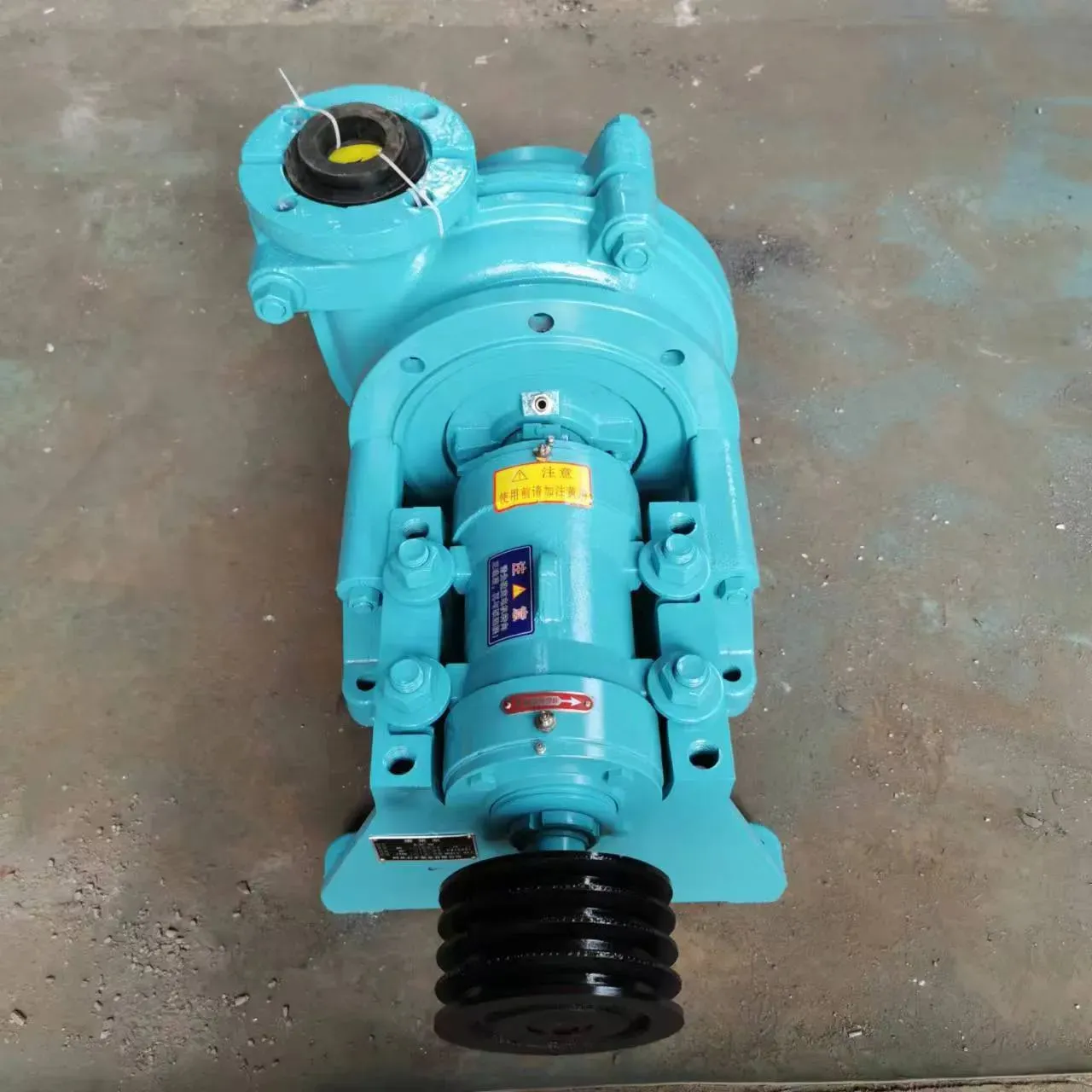Gujarati
- Afrikaans
- Albanian
- Amharic
- Arabic
- Armenian
- Azerbaijani
- Basque
- Belarusian
- Bengali
- Bosnian
- Bulgarian
- Catalan
- Cebuano
- Corsican
- Croatian
- Czech
- Danish
- Dutch
- English
- Esperanto
- Estonian
- Finnish
- French
- Frisian
- Galician
- Georgian
- German
- Greek
- Gujarati
- Haitian Creole
- hausa
- hawaiian
- Hebrew
- Hindi
- Miao
- Hungarian
- Icelandic
- igbo
- Indonesian
- irish
- Italian
- Japanese
- Javanese
- Kannada
- kazakh
- Khmer
- Rwandese
- Korean
- Kurdish
- Kyrgyz
- Lao
- Latin
- Latvian
- Lithuanian
- Luxembourgish
- Macedonian
- Malgashi
- Malay
- Malayalam
- Maltese
- Maori
- Marathi
- Mongolian
- Myanmar
- Nepali
- Norwegian
- Norwegian
- Occitan
- Pashto
- Persian
- Polish
- Portuguese
- Punjabi
- Romanian
- Russian
- Samoan
- Scottish Gaelic
- Serbian
- Sesotho
- Shona
- Sindhi
- Sinhala
- Slovak
- Slovenian
- Somali
- Spanish
- Sundanese
- Swahili
- Swedish
- Tagalog
- Tajik
- Tamil
- Tatar
- Telugu
- Thai
- Turkish
- Turkmen
- Ukrainian
- Urdu
- Uighur
- Uzbek
- Vietnamese
- Welsh
- Bantu
- Yiddish
- Yoruba
- Zulu
Telephone: +86 13120555503
Email: frank@cypump.com
ડીસેમ્બર . 21, 2024 00:03 Back to list
Submersible Slurry Pumps Featuring Agitators for Enhanced Mixing and Efficient Fluid Transfer
Understanding Submersible Slurry Pumps with Agitators
Submersible slurry pumps have become a critical component in various industries, especially in mining, construction, and wastewater management. These pumps are designed to handle the difficult and often abrasive nature of slurry, a mixture of water and solid materials. Among the available designs, submersible slurry pumps equipped with agitators stand out due to their enhanced capabilities in dealing with challenging pumping conditions.
Anatomy of Submersible Slurry Pumps
A submersible slurry pump is typically installed underwater and operates by being submerged in the fluid it is meant to pump. Unlike standard pumps, which require priming and are often constrained to surface applications, submersible pumps can operate in deep pits or tanks, reducing the need for extensive piping to transport the slurry to the surface.
One of the key features of these pumps is their ability to manage materials with high solid content, ranging from sand and silt to more viscous mixtures found in industrial applications. Submersible slurry pumps are designed with robust construction materials, often incorporating stainless steel, to withstand wear and tear from abrasive particles within the slurry.
Agitator Functionality
The inclusion of an agitator in a submersible slurry pump significantly enhances its functionality. Agitators are mechanical devices that stir or mix the slurry, preventing solids from settling at the bottom of the tank or pit. This is crucial because settled solids can create clogs, leading to inefficiencies and potential damage to the pump.
By keeping the solids in suspension, the agitator ensures a more consistent flow of slurry into the pump, which not only improves efficiency but can also extend the lifespan of the pump itself. Ultimately, this means fewer maintenance interventions, reduced downtime, and improved operational efficiency, all of which contribute to cost savings for businesses.
Applications
submersible slurry pumps with agitator

The applications of submersible slurry pumps with agitators are diverse. In the mining industry, they are used for draining pits, transporting tailings, and managing slurries generated during extraction processes. They are equally valuable in construction projects where the removal of excavated material mixed with water is required.
In wastewater treatment facilities, these pumps efficiently handle sewage and sludge, preventing clogs and ensuring smooth processing. Additionally, in the dredging industry, submersible slurry pumps facilitate the extraction of sediment and debris, promoting effective environmental management.
Advantages
Beyond their operational capabilities, submersible slurry pumps with agitators offer several advantages. First and foremost is their efficiency in solids management, which reduces wear on pump components and increases overall productivity. Their design allows them to be placed directly in the fluid, eliminating the need for lengthy suction lines and minimizing the risk of air entrainment.
Moreover, their compact and versatile nature means they can be deployed in various locations with limited space, making them an ideal choice for sites with restrictive layouts. The ability to customize submersible pumps with agitators to suit specific application needs further enhances their appeal.
Conclusion
Submersible slurry pumps with agitators play an essential role in modern industrial operations. Their unique design accommodates the movement of challenging materials while simultaneously reducing the risk of mechanical failure. As industries continue to evolve and demand more efficient systems for managing slurry, these pumps are set to become increasingly indispensable.
Investing in a reliable submersible slurry pump with an agitator is an investment in efficiency, reliability, and operational excellence. For businesses looking to enhance their processes, these pumps provide a powerful solution tailored to meet their specific requirements. By understanding the functionality and advantages of these pumps, operators can make informed decisions that lead to improved outcomes in their respective industries.
-
Heavy-Duty Mining Sludge Pumps - Wear-Resistant Slurry Handling
NewsAug.02,2025
-
Horizontal Split Case Pump with GPT-4 Turbo | High Efficiency
NewsAug.01,2025
-
ISG Series Pipeline Pump - Chi Yuan Pumps | High Efficiency, Durable Design
NewsAug.01,2025
-
Advanced Flue Gas Desulfurization Pump with GPT-4 Turbo | Durable & Efficient
NewsJul.31,2025
-
ISG Series Vertical Pipeline Pump - Chi Yuan Pumps | Advanced Hydraulic Design&Durable Construction
NewsJul.31,2025
-
ISG Series Vertical Pipeline Pump - Chi Yuan Pumps | Energy Efficient & Low Noise
NewsJul.31,2025










